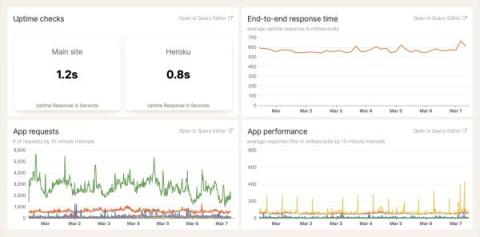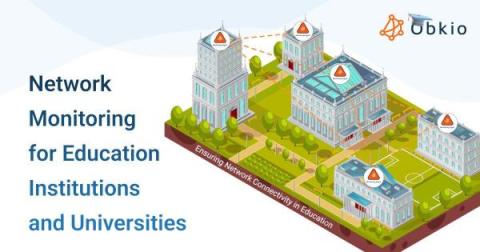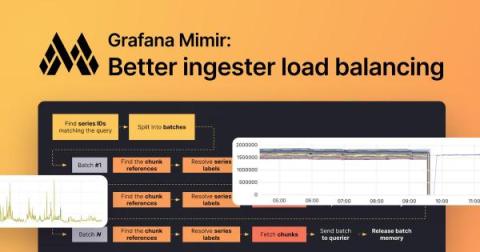Introducing Honeybadger Insights
I'm pleased to announce a new feature that we've been building for over a year: Honeybadger Insights. Insights is our take on logging and performance monitoring, helping application developers gain deeper visibility into what's happening with their applications. It goes beyond application monitoring and responding to exceptions and downtime. Insights lets you drill down into the details and step back to see patterns in your data.











